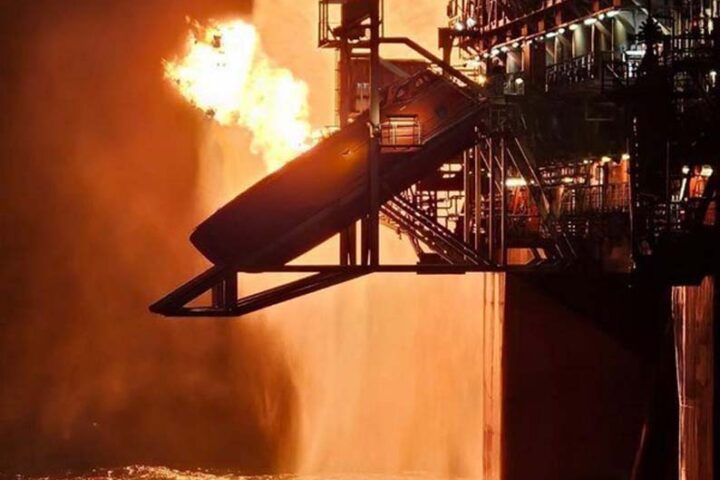.
By Natalie Leonidou
A plethora of articles have been written on the ongoing investigations and allegations concerning the Hellector scam, the company operating the Koshi Solid Waste Plant and Marathounda Waste Management Facility. Higher waste volumes were reported over an over-charging scam, which resulted in higher charges for consumers and local authorities.
Overview of procedures
This report gives an overview on the procedures of waste management in Cyprus and its correlation to other European countries, with similar population and Gross Domestic Product (GDP). It draws exclusively from official government documentation and statistics from the European Union (Eurostat). According to a senior municipal official in Limassol, the regulations are based on the European Directive 2008/98/EC, the most recent Waste Framework Directive of the European Parliament and of the European Council of November 19, 2008. This is a Directive on how waste should be managed without endangering public health and harming the environment. According to the European Union, the targets should be reached by 2020, preparing for reuse and recycling of certain waste materials by households.
The EU’s Sixth Environment Action Programme (2002- 2012) identifies waste prevention and management as one of the top priorities. Its primary objective is to ensure that economic growth does not lead to increasing amounts of waste. EU management policies are implemented in order to reduce the environmental and health impacts of waste and
improve Europe’s resource efficiency. Studies have been conducted in each European country on waste management.
The case of Cyprus
Referring to the waste volume in Cyprus, 2012 data extracted from Eurostat shows the tonnage figure is 2,086,000 tonnes for a population of 865,878. The waste includes mining and quarrying; manufacturing; energy; construction; and, other economic activities. By comparison in Malta, with a population of 419,455, total waste generation is 1,452,000 tonnes, which is 30% lower than in Cyprus, but half the population size. Household waste generation in Malta is 2.9 times lower than in Cyprus.
In 2012, the proportion between the landfill rates and recycling in Cyprus was reported to be 79% and 21%.
According to the European Union, the investment in municipal waste recycling is low. By 2020, the recycled waste must reach 50%, thus, more investment should be incurred in the next coming years. In order to reduce the landfill rates in Cyprus, improvements are expected to occur in 2016. Implementation of a plant has been initiated (as confirmed by a senior official in the Environmental department) for the selective collection for paper and organic waste, in an area called Pentakomo near Limassol.
The reasons that Cyprus did not reach the EU objectives so far was due to the fact that, there were lack of incentives to manage waste according to the waste hierarchy; insufficient separate collection of waste; no developments in infrastructure and collection systems; no developments in infrastructure and collection system to divert biodegradable waste from disposal; and, lack of co-ordination between the different administrative levels.
According to a senior officer in Limassol municipality, the costs on the tonnage are not recorded, thus overall expenses and income are not assessed. The municipality estimates the taxation of industrial and household units with minimum and maximum tariffs. The taxes collected and recorded are audited by the Ministry of Finance.
Tax increase
Following the municipal waste tax, a new increase in waste tax was announced in 2013, due to the increase in the waste volume. According to the Taxation department, the Town Hall in each city assesses the overall expenses of the waste management, and allocates the costs to the taxpayers. Taxation on waste is assessed on the size of the household units and industrial units.
According to 2015 data of the Nicosia Municipality, due to the reduction of the annual subsidies of the state to the municipalities, the Town Hall has decided to increase the rates. The high prices are a burden to the taxpayer as according to consumer organisations, the amount of tax paid does not reflect the waste of the household produced.
After discussion with the staff of the local municipalities, the tax levy is fixed at each unit. The highest amount that is charged is 170 Euros for households. According to the tax rate of the municipality, the size of the household is crucial to decide the charges on the taxation of waste. If a household is smaller than 250 square metres, the tax levy is 159 Euros.
Specific reductions are allowed for disabled people, the unemployed, people with health problems and students.
The tax legislation of Article 9, para. 65 of 1996, states the amount of municipal waste tax that has to be paid by household, professional and industrial units on an annual basis
The table below shows the taxation of each unit, with a maximum amount per unit taken from the legislation.

According to the tax department of Limassol municipality, it is believed that the municipal waste tax should be charged according to the square metres of each unit with a progressive system, with a minimum and a maximum rate. In addition, incentives should be offered to reduce the landfill waste. This should be achieved by industrial recycling, and encouraging the public to recycle. New laws should be implemented to enforce recycling and prevent the accumulation of waste.
European Directives are easily accessible, as well as waste management reports and statistics performed by the European Union. However, while researching this article on waste management in taxation, extracting information was difficult. The tax legislations in Cyprus was very hard to obtain as there was a reluctance from public officials to cooperate. People were interviewed, and some legislations in hard copy were provided. I inquired where I could obtain information on the legislations, and they gave me a specific site which was unobtainable.
Natalie Leonidou has a Masters degree in Biochemistry, has worked in accountancy and taxation and is a candidate for qualified chartered accountant.







